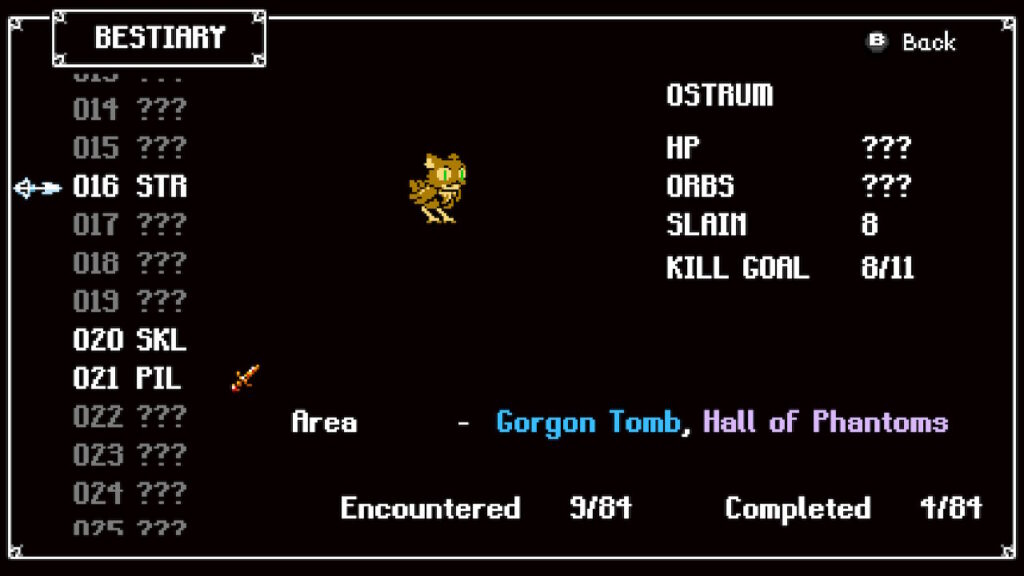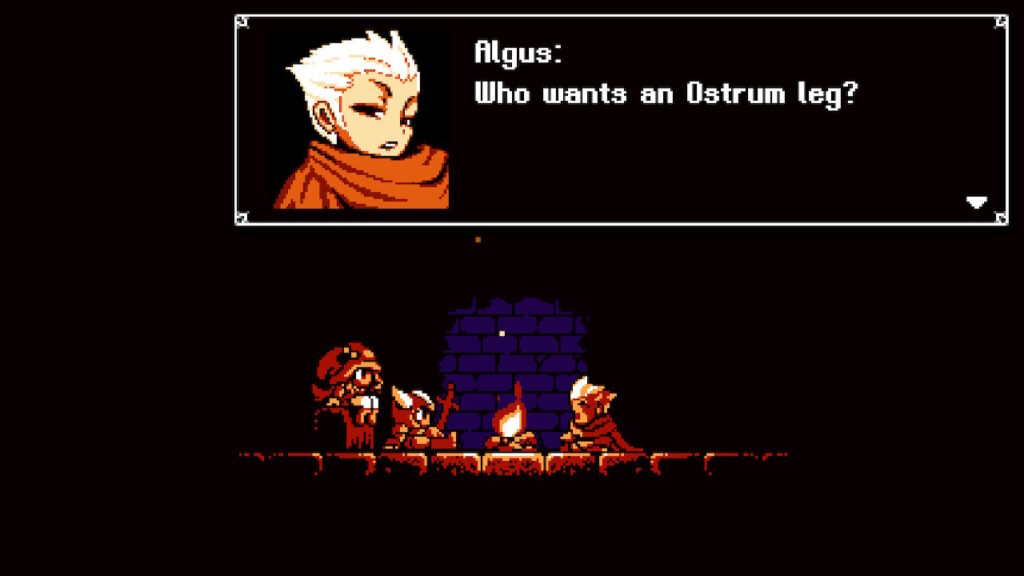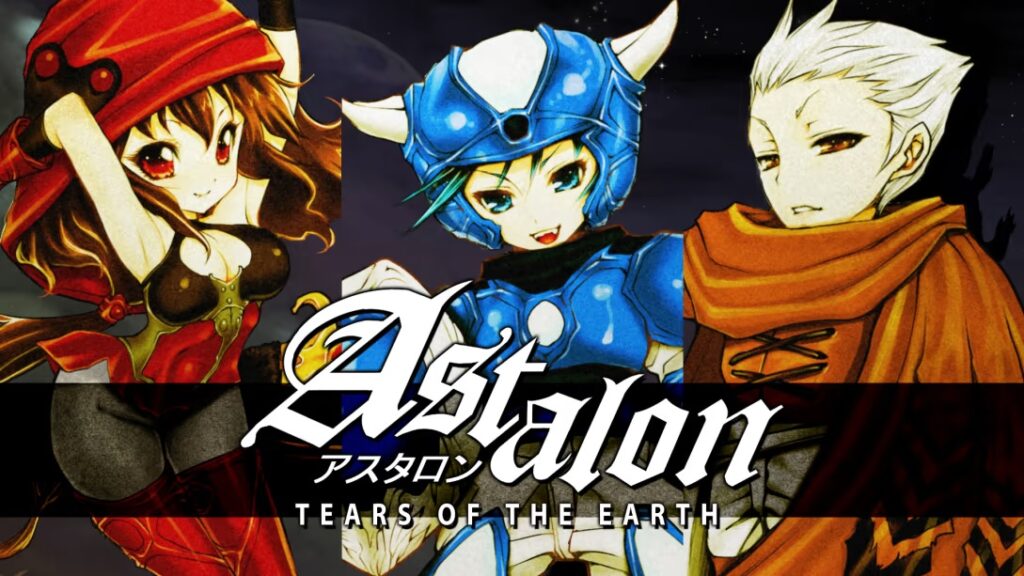
The indie scene is chock full of Metroidvanias. We review them all the time and partly it’s because there are so many, but they’re also often quite good. Perhaps it’s because the limited scripts and complex backtracking simply make for a good game genre. Or maybe it’s because unlike an indie RPG, the world-building isn’t subject to as much critical analysis. Either way, this action genre has seen something of a renaissance and today we’re here with another prime example of exactly why it’s so darn good!
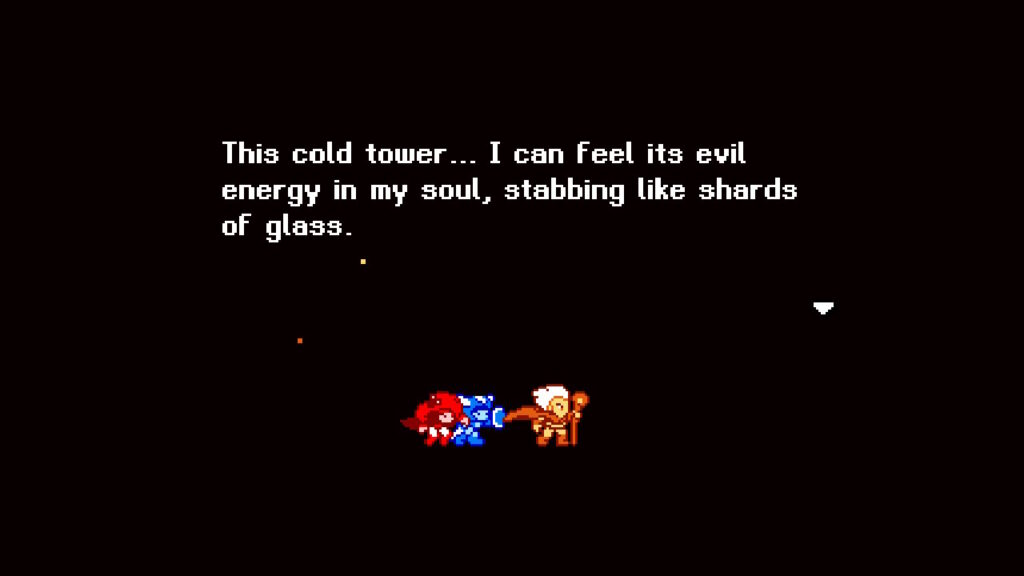
Astalon: Tears of the Earth was released last year by LABS Works and publisher Dangen Entertainment to a fair amount of critical acclaim. The game features three characters from a small post-apocalyptic village who have set out to save their friends and family. Their water supply has been poisoned and they have traced the pollution back to a mysterious tower. Arias the fighter, is a fast talking, fast moving fighter. Algus the wizard is a older, educated man who can shoot fireballs through walls, and Kyuli is a rogue who can fire her bow across the screen. They reach the Tower of Serpents, only to find it already inhabited by a vicious knight and more. But that’s not all that’s going on here. Algus keeps his secrets from the group as well and no one is prepared for what awaits them in the tower.
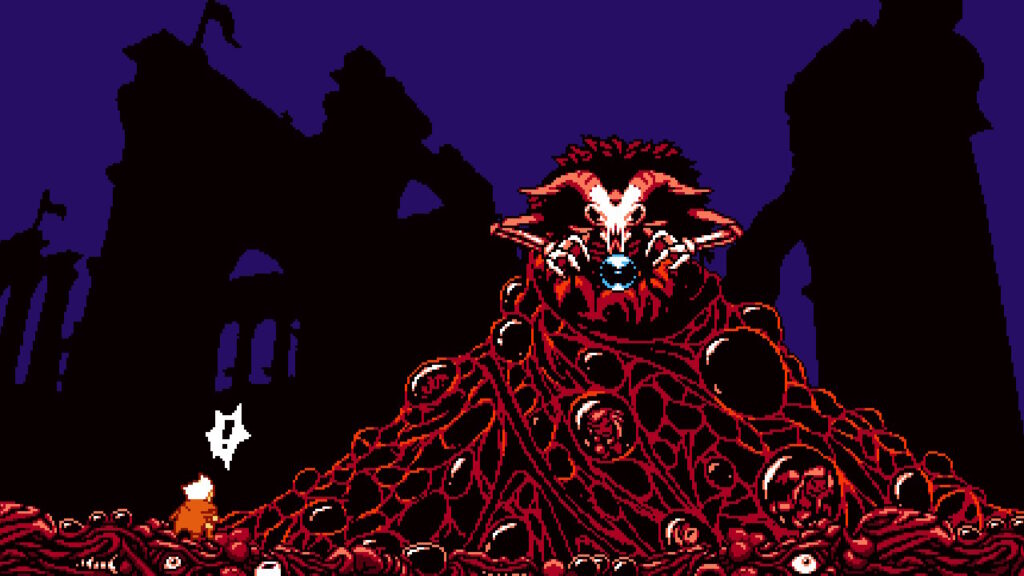
There’s no sense in ruining the story of Astalon as it’s a pretty solid one for a Metroidvania-style game. As you play, the plot plays out in cut scenes and campfire talks when resting that slowly develop the characters and create a connection for players. It’s a simple and elegant system that surpasses the usual stop and talk to random villagers content you typically see in this style of game. But plot isn’t the main point here, although it is excellent. That’s definitely exploration and combat and Astalon has it in spades!
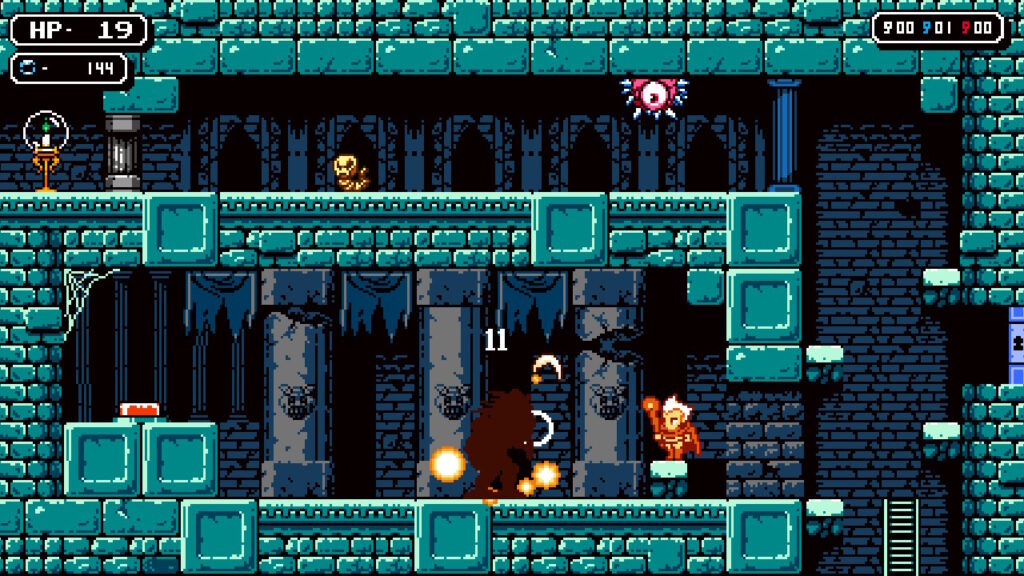
Once you enter the tower, you’ll find that you’re in control of one of the three members of the party. Initially you begin with Arias, but you’ll quickly find that you can switch characters at campfires where you save. There’s a smidge of a Trine vibe to this mechanic, but it’s only a passing similarity. As you explore, you’ll need to return to camp areas to switch characters for their abilities in order to progress.
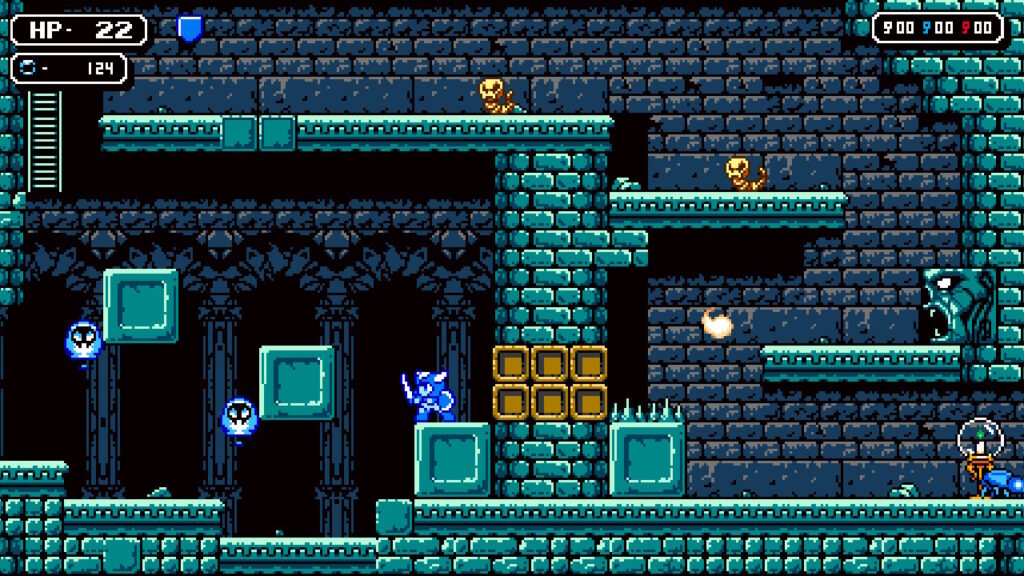
Arias can smash through blue barricades, but he can’t double dump off of walls like Kyuli and Algus’ fireballs can be used to hit magic switches right through the walls! A steady shift from one character to the next is essential for success here. Often times, only one character can even reach certain areas in order to unlock the way for further progress. This has the dual purpose of forcing you to utilize all available characters and restricting your progress to delineate the order in which you explore new areas of the Tower. You can still explore anywhere you’ve already been easily, but getting to the next area will take the combined efforts of the party.
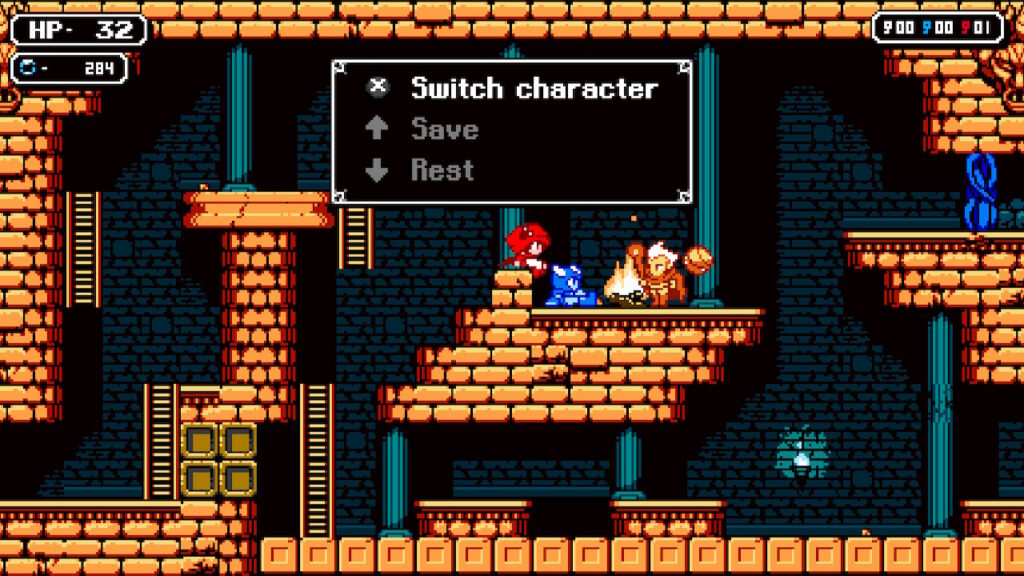
The biggest shock in Astalon though is the shared hit points. This is a unique mechanic and it’s pretty wild. Your entire party shares a hit point pool and no matter who you switch to, it stays constant. Lose your HP and you’re all dead. Death, but not for you swordslinger! Upon your inevitable defeat, you are taken to an area that gives you a second chance due to the covert machinations of Algus. Here you can use all the souls you’ve collected by slaying monsters to enhance your characters, raising their HP, strength, and defense, and even giving them new attacks.
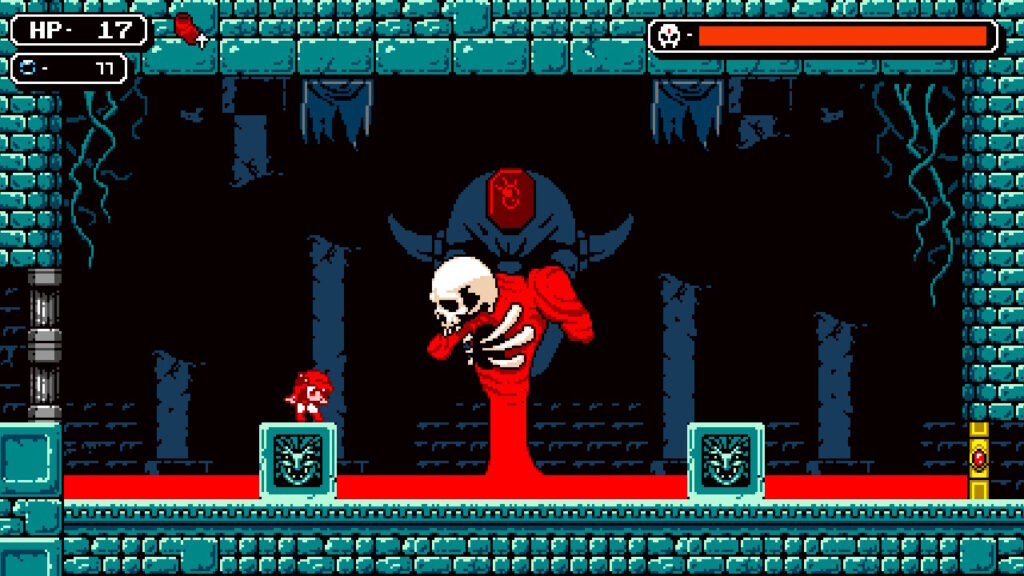
As you work your way through the levels of the Tower of Serpents, you’ll find that the enemies become more devious, the mini-bosses more challenging, and the bosses manage to stay unique. The entirety of Astalon is carefully structured to ramp up in a tough-but-fair style that shows the detail put into the game. The controls are precise and responsive, exactly what one would expect from a game that requires split-second timing and gives minimal leeway for jumping. Gameplay simply feels tight, an issue that other games of the genre often fail at. Each character feels different as you play them too, and you must adjust your playstyle to compensate. Getting too used to any specific character will definitely make things a bit tougher later on!
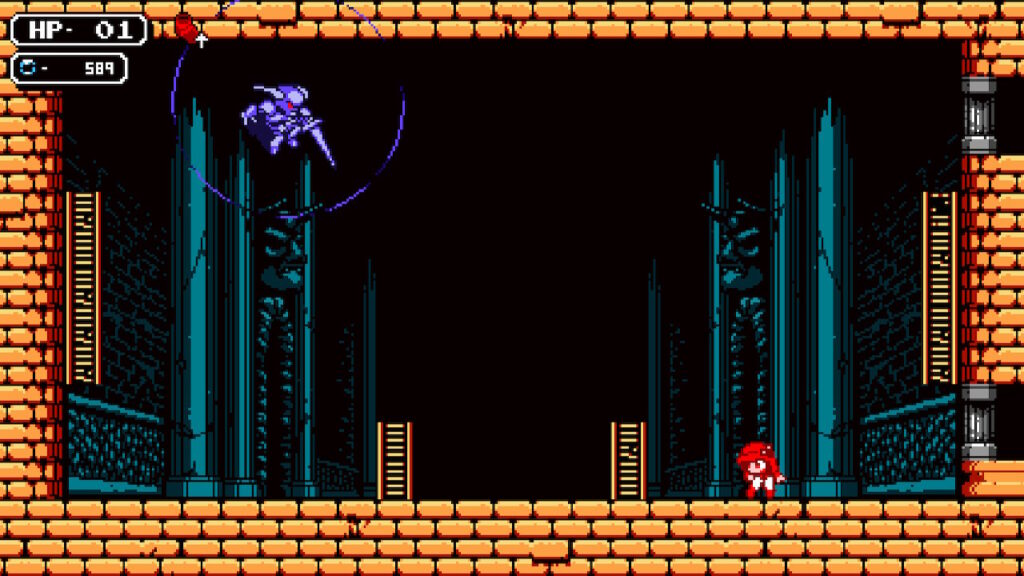
Astalon manages to be visually excellent as well, fully utilizing the 8-bit NES-style graphics to create an immersive environment that shifts design elements with every level of the tower. Even within sections, there are multiple design styles for the levels, keeping gameplay as visually interesting as it is fun. Monster designs are clever and occasionally unexpected, leaving you trapped in a new area with only a handful of hit points when the next unique enemy attacks. Puzzles are challenging as well, but not overly complex, forcing the player to remember what else they’ve done, places they must revisit, and techniques unique to the three playable characters. It’s a great design that lends itself to some enjoyable exploration and a bevy of sneaky hidden secrets that add a fair amount of depth to Astalon’s already excellent gameplay.
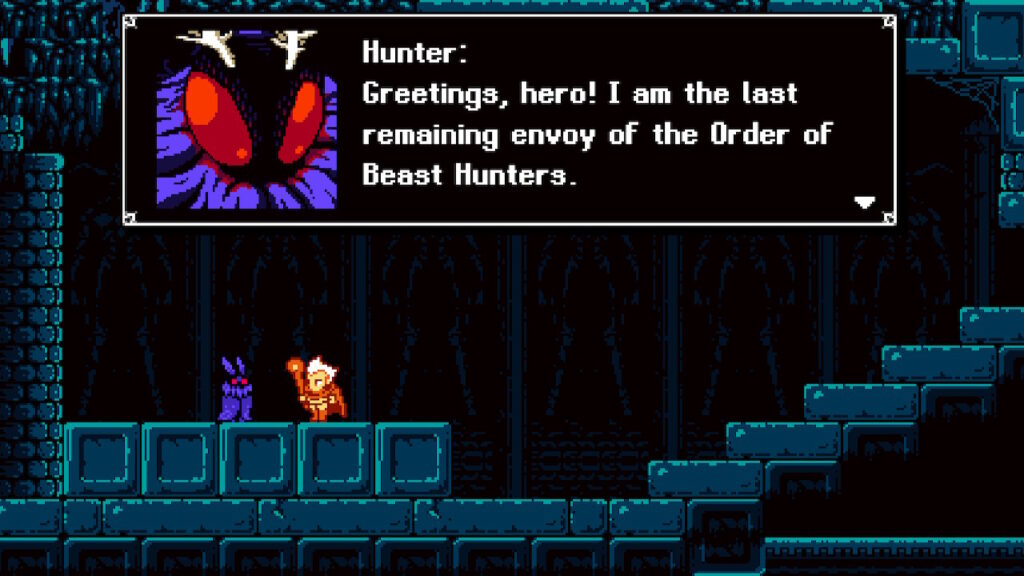
If you haven’t played a ton of Metroidvanias, you might be surprised how often the music repeats in this style of games, but Astalon manages to make up for that as well. The sound design is solid and the music, while maintaining that pure retro MIDI vibe, still puts out some solid tracks. While they do end up feeling slightly repetitive, it also depends on the number of times you die and have to replay certain areas. Overall, the music perfectly dovetails with the vintage graphics and is thoroughly enjoyable, another mark of a well-made retro title! It’s also important to note that there are some excellent visual options here including a default vintage mode and a pixel perfect mode (which was used for these screen captures). If you’re a fan of the old school CRT look, there are options for you (my eyes are old and the blur hurts).
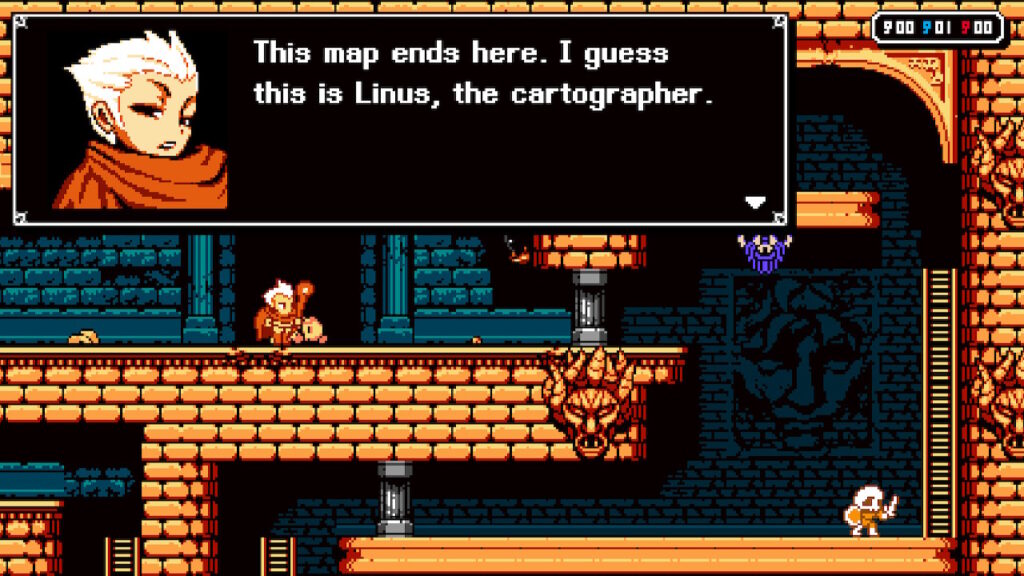
With 11 distinct areas, hundreds of rooms, and a ton of unlockable abilities and hidden rooms and tricks, Astalon is chock full of gaming goodness. While a direct playthrough might only take you about 10 hours of solid gameplay if you’re good, most of us will end up taking at least 15, maybe even more that 20 if you’re really a completionist. But regardless of your playstyle, Astalon offers an excellent experience, combining refined and delightful gameplay with an interesting story that keeps you wanting to know what else is going on. Toss in the retro charm of the visuals and music and this is a winner of a game! As of the writing of this article, Astalon is also available physically for the Switch and PS4 from Limited Run Games for $35 (and fancy collector’s editions for $75) with preorders closing on February 20th, 2022. But whether you spend $20 on the Nintendo eShop or spring for the physical edition of Astalon: Tears of the Earth, there’s no question that this is a modern classic and your money is well spent!
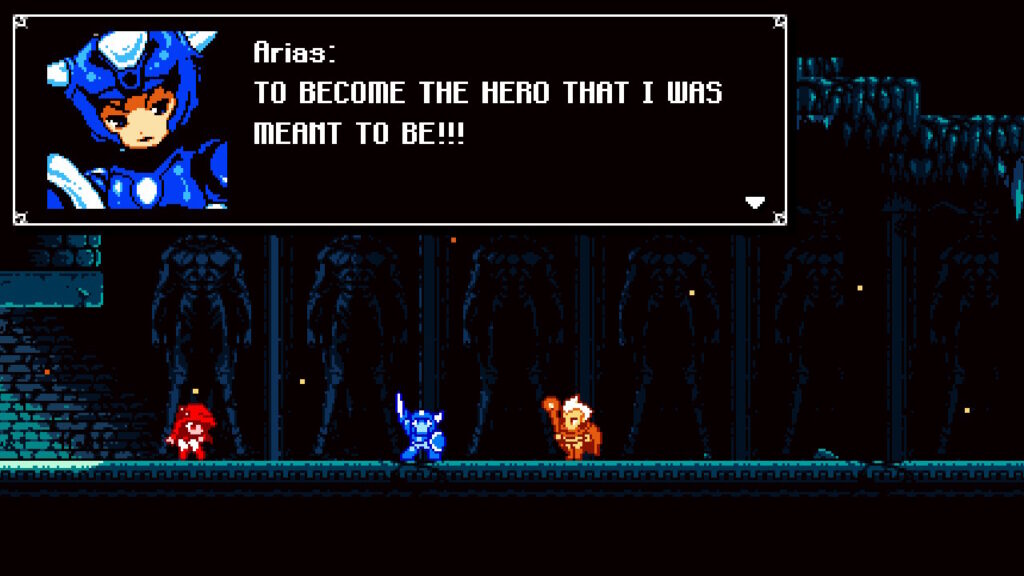
This review is based on a digital copy of Astalon: Tears of the Earth provided by the publisher. It was played on a Nintendo Switch in both docked and undocked modes and is excellent on both! Astalon: Tears of the Earth is also available for PS4, Xbox One, and PC on Steam.
